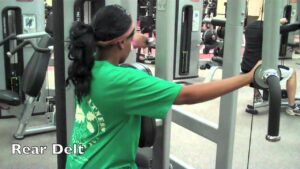#3 Most Common Cause of Hip Pain – Rectus Femoris Origin Strain 4 Week Groin Pain Guide https://www.p2sportscare.com/product/hip-mini-guide/ #hippain #hipimpingement #hippinch Call and make an appointment: 714-502-4243 21 Best Hip Mobility Drills: https://www.youtube.com/watch?v=iEMc3BBQ5Mg Other Hip Injuries for Runners: https://www.youtube.com/watch?v=SeBn93mByDc rectus femoris pain, anterior thigh pain with running, rectus femoris treatment, rectus femoris therapy, stretch for rectus femoris, stretch for front of hip, anterior groin pain with running, hip pain from running, hip pain, it band hip pain, left hip pain, hip pain treatment, hip bone pain, hip pain symptoms, hip muscle pain, arthritis hip pain, hip pain causes, hip pain relief, rectus femoris, rectus femoris injury, rectus femoris muscle, rectus femoris tear Most runners at one time or another will experience hip pain when running, as most as if it aches into the joint or the groin. The pain may get worse as you run and when your all done, you ice it and think with a good night’s rest it will be gone… hopefully. Unfortunately some runners aren’t so lucky. When you wake up you might feel pain with simple tasks, even putting on your shoes. I have had this and I defeated it. The trick is you have to know what you are dealing with in the first place when it come to hip pain when running. What are some Signs and Symptoms of Hip Flexor Tendonitis (hip pain when running)? Pain on the front of the hip around the groin Pain with long strides, putting on shoes, walking stairs, standing from a sitting position Pain with quick hip flexion Slow onset Pain increases with activity Possible radiation to knee How do I know if I have Hip Flexor Tendonitis (hip pain when running)? X-ray’s will rule out if there is a problem in the joint Definitive answer is an MRI Physical Exam by a Medical Professional What causes Hip Flexor Tendonitis (hip pain when running)? Overuse Acute Trauma Strain during eccentric contractions Who gets Hip Flexor Tendonitis (hip pain when running)? Runners Triathletes Cyclists Baseball players Hockey players Soccer players What are some common treatments for Hip Flexor Tendonitis (hip pain when running)? Rest Stretching Ice Non-Steroidal Anti-Inflammatory medications Active Release Technique® Corticosteroid Injection Massage Platelet Rich Plasma How does P2 Sports Care treat Hip Flexor Tendonitis? First you must understand how inflammation of the tendon could occur. Many times when tissues in the body become overused they have a tendency of developing small tears from micro-trauma. The tendon of the hip flexor is no exception. These tears within tendons and other soft tissues fill up with scar tissue overtime. This scar tissue is not as flexible and resilient as normal tendinous tissue and as a result can tear again easily and the cycle will continue, thus leading to the development of a repetitive stress injury. This is how hip pain when running can become chronic. At P2 Sports Care we believe much of the RICE method can be done at home when the injury is acute (fresh). However, rarely do we consider Hip Flexor Tendonitis as an acute or traumatic injury. When most people feel pain in the hip region it has actually had a “silent” problem for months, so it is perfect for our type of treatment. This condition normally responds quickly to types of treatment which focus on removing scar tissue, such as Active Release® and Graston. Careful palpation of the area may in fact reveal the problem is not of the primary hip flexor tendon (psoas tendon) at all, but rather from tendonitis of other structures. The rectus femoris, obturator externus, pectineus, sartorius and the anterior portion of the hip capsule can be the primary structures causing hip pain when running of similar in presentation. If you have a provider with skilled palpation skills, the exact structure is not hard to locate. We focus on a systematic approach to improving the health of the problematic tendons/ muscles and give instructions for prevention of re-injury.
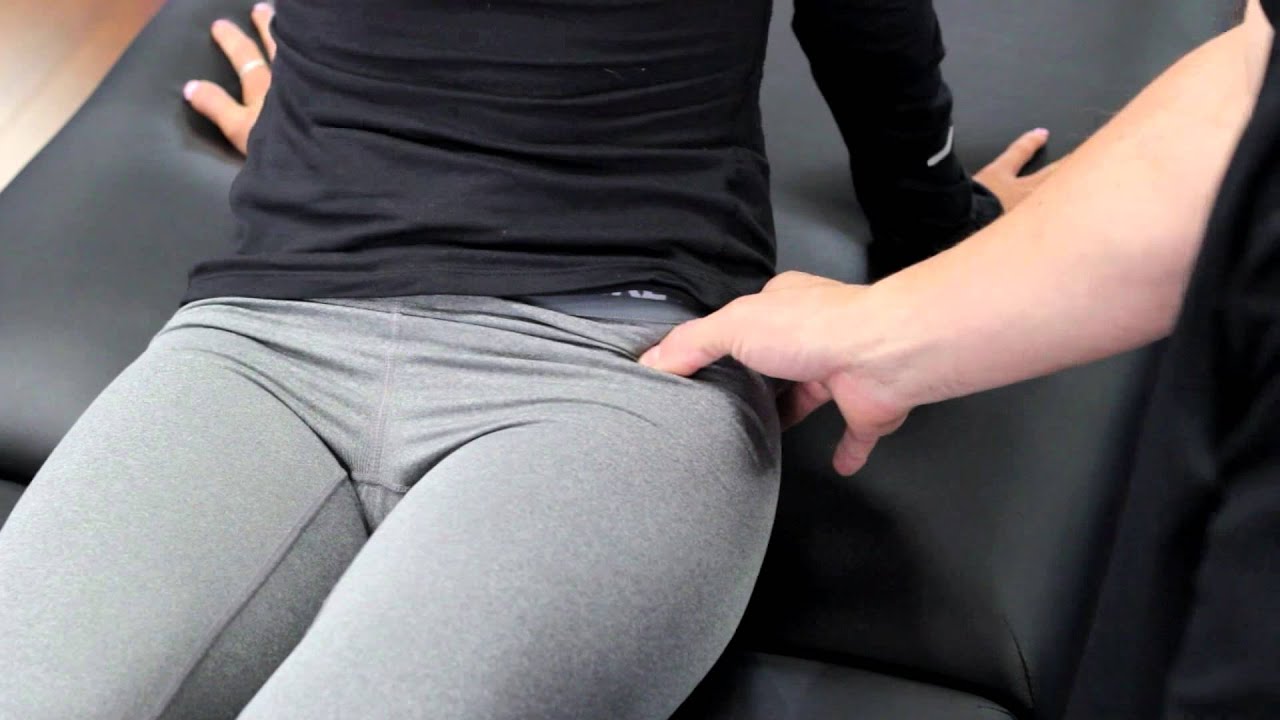
#3 Most Common Cause of Hip Pain – Rectus Femoris Origin Strain
- Post author:
- Post published:May 14, 2021
- Post category:Uncategorized
- Post comments:0 Comments
You Might Also Like
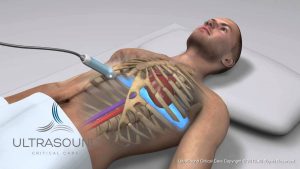
How to obtain: Subcostal Cardiac Ultrasound View – Training and Techniques – ICU

Angiography V/S CT Coronary Angiography
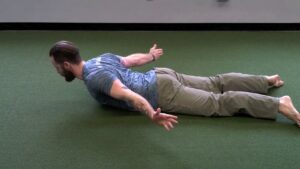
Erector Spinae Back Extension-13

Menopause Symptoms & Treatment
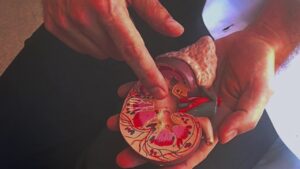
Nephrology Surgeries Video – 3
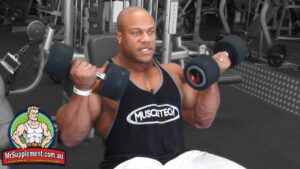
Phil Heath’s Incline Dumbbell Curl | Bicep Exercise #2

Brain Injury Medicine Video – 3
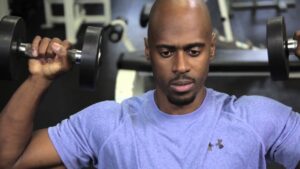
ACE Study Reveals Best Shoulder Exercises

What To Eat Before & After A Gym Workout

BEARD GROWTH UPDATE (DAY 13) BIOTIN OVERDOSING + SIDE EFFECTS + TIPS Advice Guide to a Thicker Beard
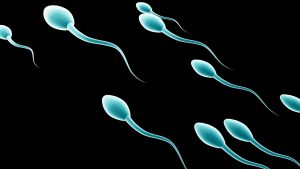
How to Treat a Low Sperm Count | Infertility

Batting Fitness Training with Chinmoy Roy | Cricket World

Bodybuilding Nutrition, Diet Recipes & Workout – 36
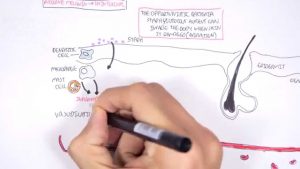
Microbiology – Staphylococcus Aureus and Skin Abscess
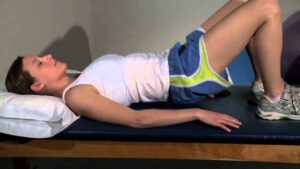
Cardio-Thoracic Physiotherapy Video – 13
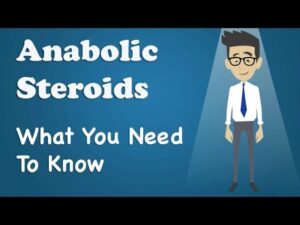
Anabolic Steroids – History, Definition, Use & Abuse Video – 10
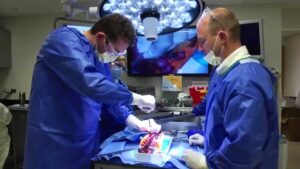
Orthopedic Surgery Video – 3
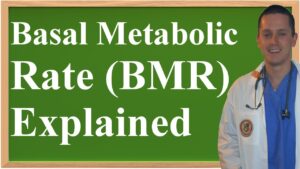
Basal Metabolic Rate (BMR) Explained

What is Finasteride and Minoxidil? – Hair Loss for Women
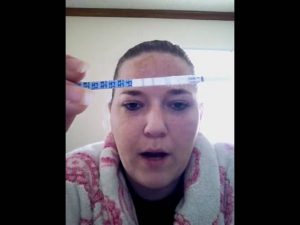
Clomid update cd 14
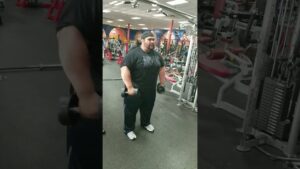
BBI Side Laterals S.S. Front Cable Raises
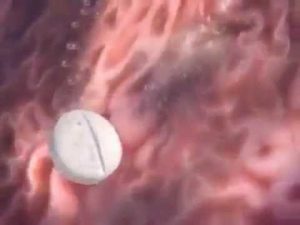
Tablet Working in Body

What are lipids?
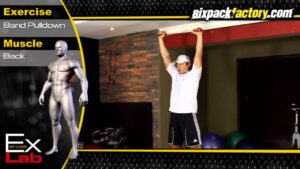
Lat Pulldown with Band : Best Back Exercises ( Lat exercises )

MICRONUTRIENTS: WTF? Minerals and Their Benefits (Zinc, Iron, Magnesium)
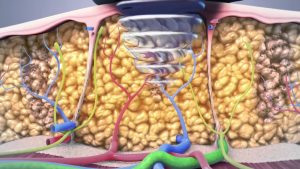
non surgical lipo animation

Anabolic vs Catabolic Fitness States

Brain Injury Medicine Video – 2
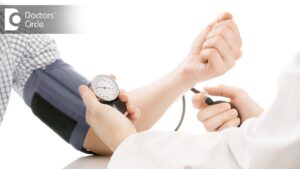
Causes and prevention of High Blood Pressure in young people – Dr. Surekha Tiwari
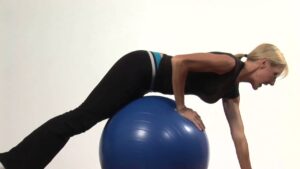
Erector Spinae Back Extension-23
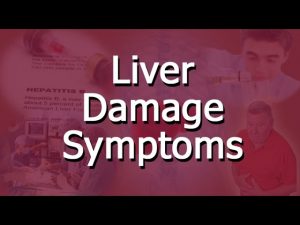
Liver Damage Symptoms
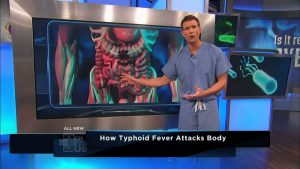
How Typhoid Fever Affects the Body — The Doctors
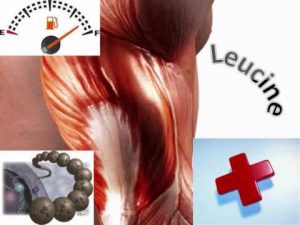
BCAA (Branched Chain Amino Acids)
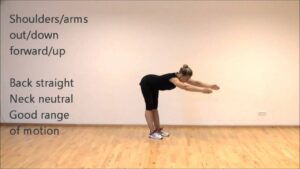
Standing Back extension | Around the World | Marina Aagaard, MFE
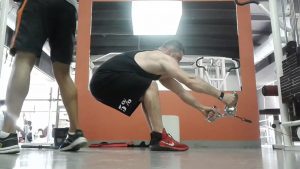
Killing Back , Bodybuilding , Hard Work Motivation , 5%nutrition , Trainhard , Fitness #Workout ,
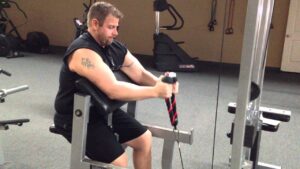
Rope Preacher Curl

Vitamins and sources
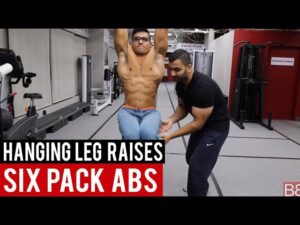
LEG RAISES can build SIX PACK ABS! (Hindi / Punjabi)
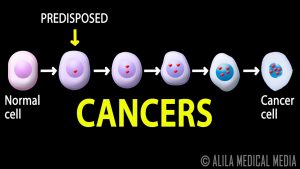
Cancer, How Cancer Starts, How Cancer Spreads, Where and Why, Animation.

Bodybuilding Nutrition, Diet Recipes & Workout – 50
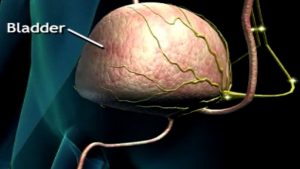
How Do We Pee? Urination Process Animation – Neural Control of Bladder – Micturition Reflex Video
